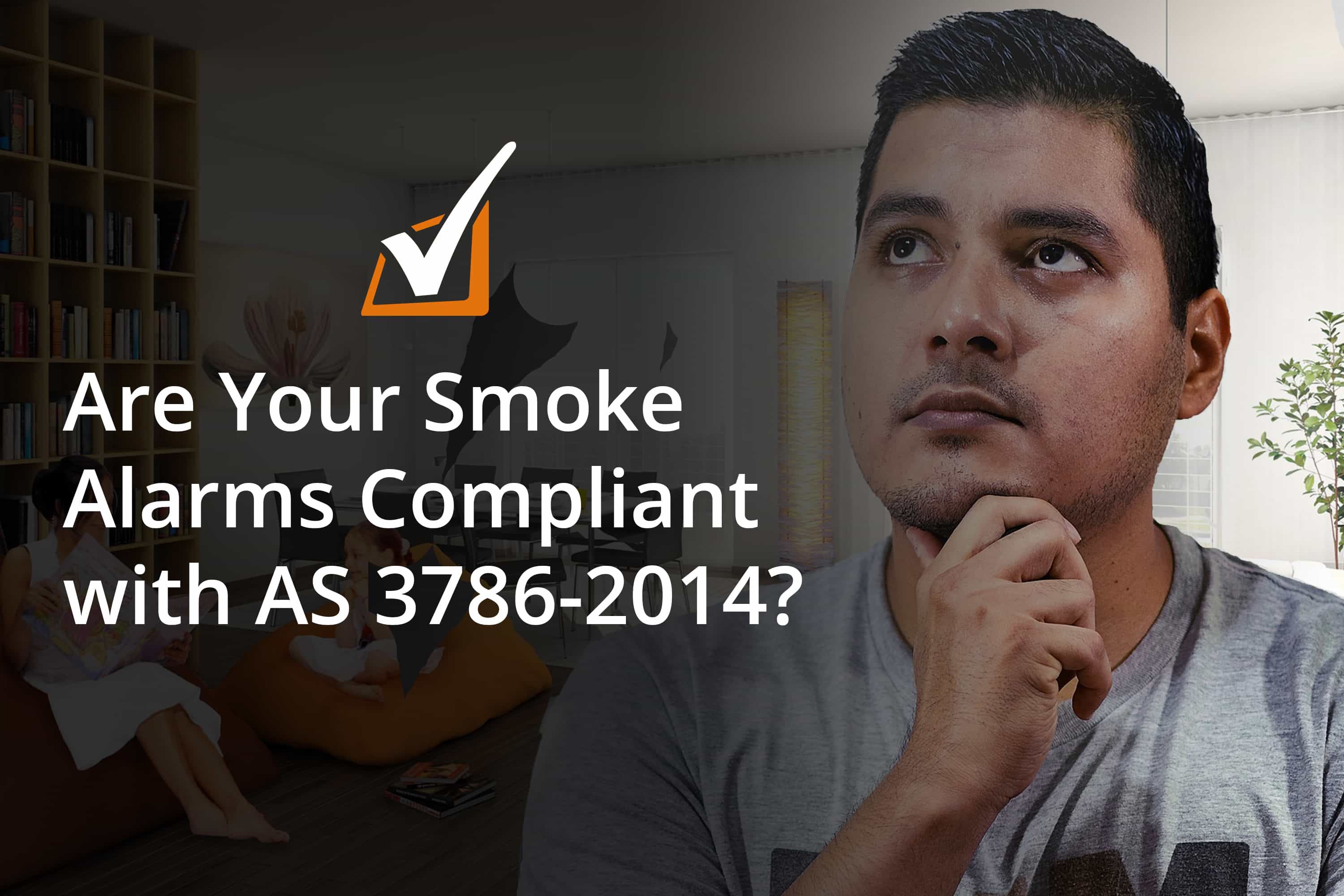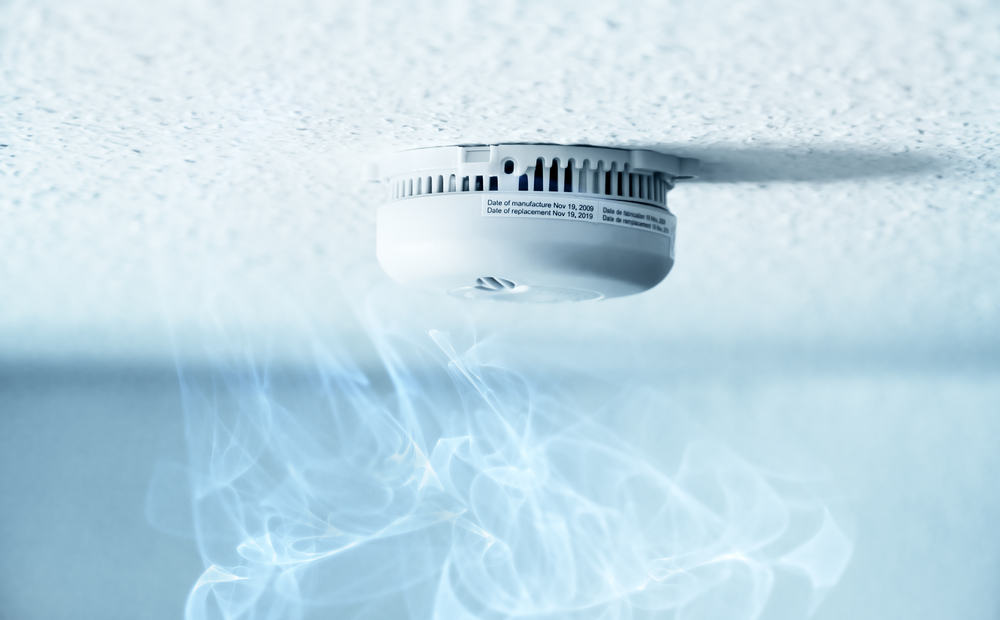Changes in the smoke alarm legislation are taking fire safety in Queensland to the next level. The new rules cover the timeframe of implementation depending on the type and use of property, placement of fire detectors, and the technology standards to follow. With these amendments, the state now has the toughest laws in Australia when it comes to residential smoke alarms.
The new rules have stringent conditions about the type of smoke alarms to install. What are these requirements?
Photoelectric smoke alarms
All new smoke alarms that go into the property starting January 1, 2017, must be photoelectric and compliant with AS 3786-2014. This type of alarm has been proven to be more effective at detecting smouldering or slow-flaming fires common in the home environment.
Unlike ionisation alarms, the photoelectric type provides earlier and faster warnings. A more robust warning system gives residents more time to escape during a fire emergency.
Apart from faster alerts, photoelectric also has lower chances of unwanted activations compared to ionisation alarms.
Additional features that avoid false alarms
The Australian Standard 3786-2014 requires that photoelectric alarms must have these additional features to reduce the possibilities of false alarms.
- Finer gauze to avoid insects from entering the chamber
- Indicator light to easily identify which alarm activated first (considering that alarms will soon be interconnected to each other)
But not all photoelectric smoke alarms sold in the market conform to the standards. It is crucial to hire a smoke alarm provider who’s up to speed with the new rules to ensure protection and compliance for your owners and tenants.
Are you installing new smoke alarms this year? Our team of experts provides free information about photoelectric alarms to ensure you’re fully compliant with the new QLD smoke alarm rules. Just complete the form below, and we’ll get back to you shortly!



Leave A Comment